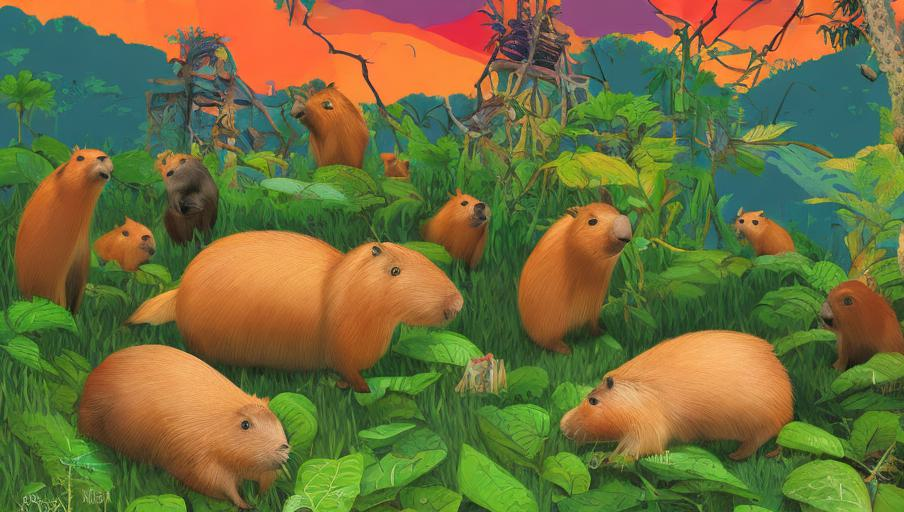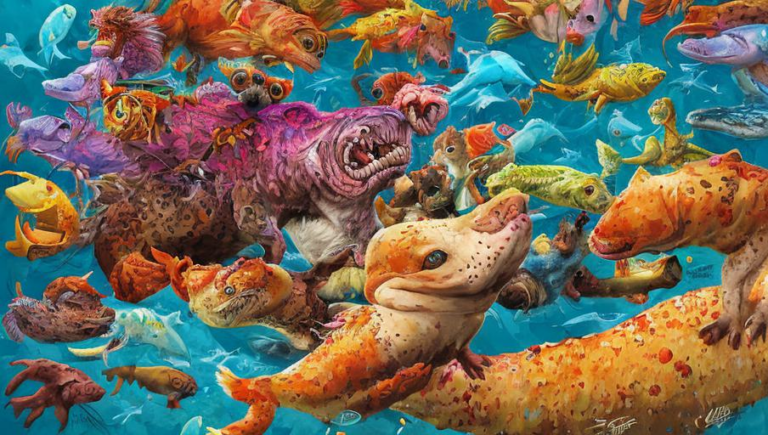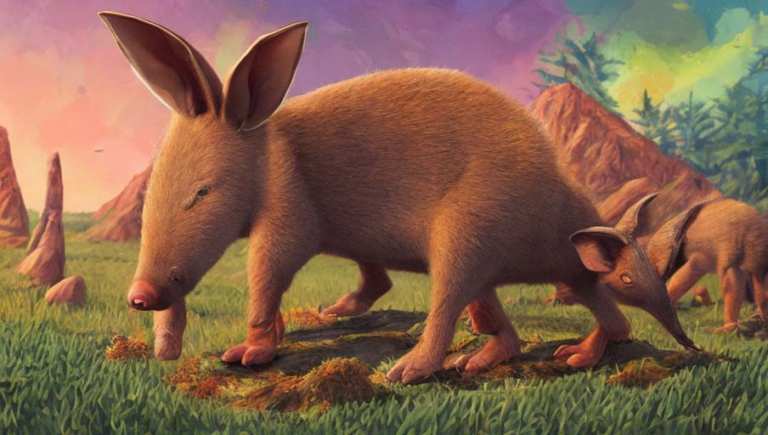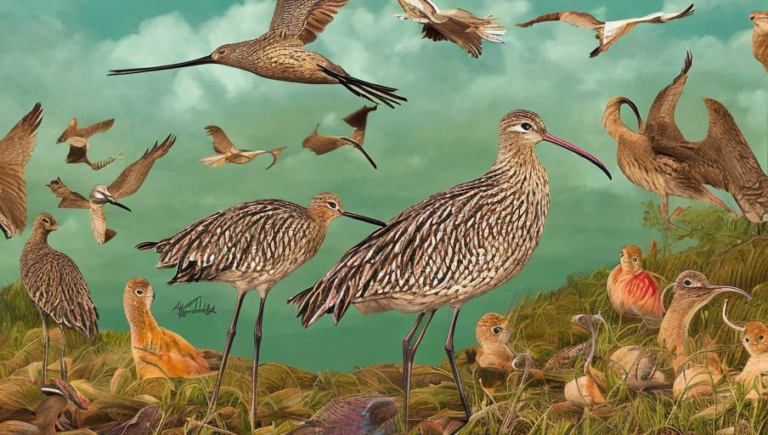The Many Uses of the Capybara

What is a Capybara?
A capybara is a large rodent native to South America. It is the largest living rodent in the world, and is semi-aquatic, meaning that it spends much of its time in water, mostly in wetlands and rivers. The capybara can grow up to 4 feet long and weigh up to 140 pounds. It has a heavy body, small head, and a thick coat of fur. The fur can range in color from yellowish to dark brown, and the capybara has small ears and eyes, and a short tail.
Diet and Behavior
The capybara is a herbivore and mostly eats grass, leaves, and aquatic plants. It is a social animal and lives in groups of up to 20 individuals. The capybara is also very curious and will often approach humans or other animals if given the opportunity. In its natural habitat, the capybara spends much of its time in the water, where it is well camouflaged and can be safe from predators.
Uses
Capybaras are often kept as pets, as they are relatively easy to care for and can become very attached to their owners. They also have several uses in farming, such as controlling weeds and providing meat. In some areas, the capybara’s hide is also used to make leather. The capybara is also used in medical research, as its organs are similar to those of humans.
Conservation and Threats
The capybara is listed as a species of least concern by the IUCN, as its population is fairly stable. Despite this, there are still threats to its population, such as hunting for its hide and meat, and habitat destruction due to development and agriculture. To help protect the capybara, there are several conservation projects in place, such as the Capybara Conservation Project in Brazil.
Conclusion
The capybara is an interesting and unique animal that is found in South America. It has a variety of uses, such as being kept as a pet, providing meat, and being used in medical research. Despite being listed as a species of least concern, there are still threats to its population, such as hunting and habitat destruction. Conservation projects are in place to help protect the capybara and its habitat.





